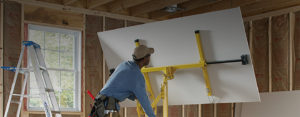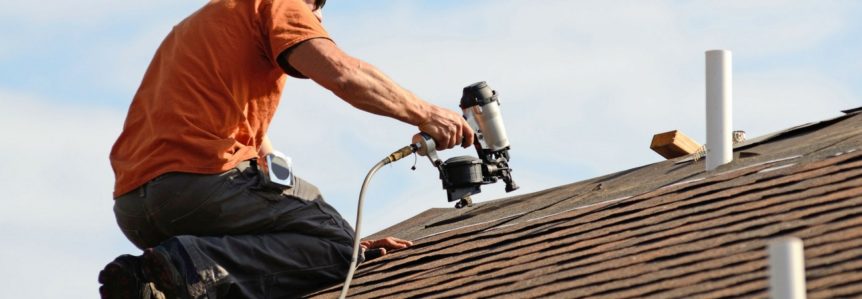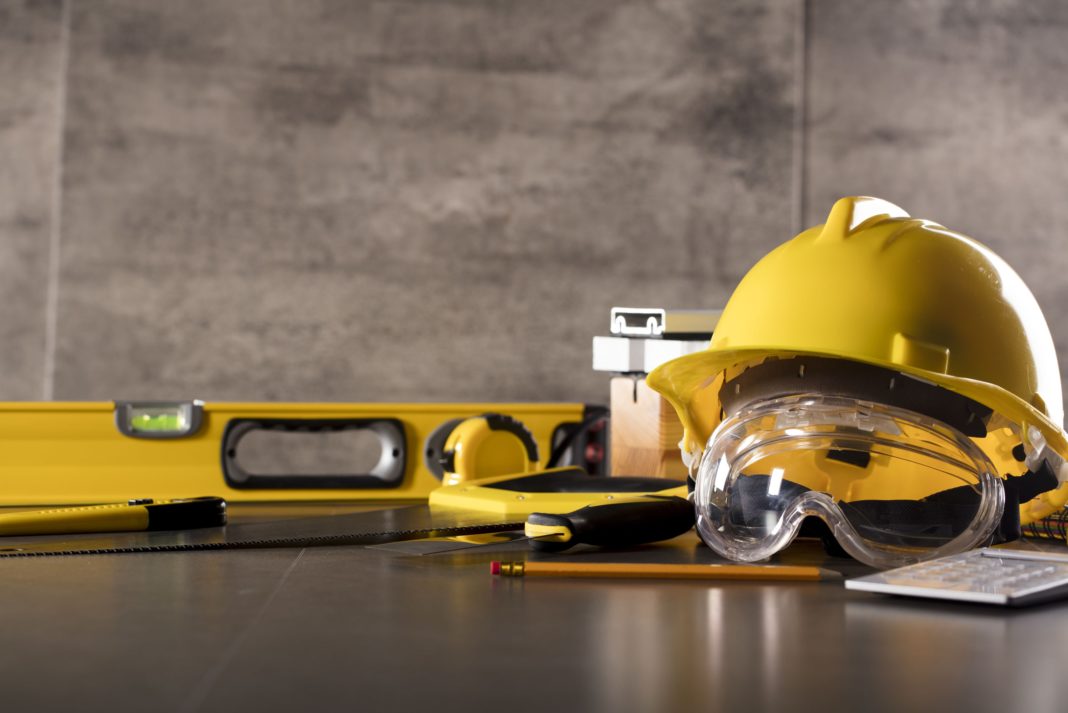Random Tips from a Professional Camera Operator
My childhood dream was to be a camera operator. I wanted to be the person looking through the camera and framing a shot. While I would have enjoyed having a long career as an operator, I entered the business at a time when operators were a dying breed, and the only people guaranteed careers as operators were Steadicam operators. I wasn’t particularly interested in doing that, so I moved towards being a director of photography faster than I had expected. Most of the shoots I do don’t require, or won’t hire, an operator, so in a way I’m still a career operator. I just get to light the shots as well as operate them
No one taught me how to be an operator. At a young age I found myself drawn to strong compositions in certain TV shows and movies, and I sought to emulate those compositions with my Regular 8mm film camera. Over time I learned, through trial and error and the occasional tip from those more experienced than I, how to move the camera predictably and repeatedly
LEARN THE GEARED HEAD
I really enjoy working with geared heads, although I rarely get to use them anymore. Most of my projects can’t afford to rent one for me. Hopefully this will change with the advent of the Gearnex geared head, which I’ve now used on several shoots
Buy, rent or borrow a geared head and strap a laser pointer to it: learn to write your name in light on a wall.
Although this is the most commonly recommend way of learning the wheels, I’m skeptical of this method as it teaches you to write your name in light on a wall–which is something you’ll never do. In my career–approaching 23 years in the film industry–I’ve only once had to follow text with a geared head, while operating second camera on a feature called “No Way Back.” A gang member spray painted words onto the side of a tunnel, and I had to follow his writing in third gear, with no rehearsal, on an 85mm lens. I nailed it, and I’d never done anything like that before.
Buy, rent or borrow a geared head and strap camera to it: follow people around.
Learning to read, and react to, body language is a huge part of operating a camera. You’ll get a lot farther faster if you learn to follow people around and interpret body movement and language through the wheels than you will simply learning the craft of moving the wheels, which is what the laser pointer technique teaches

Tips for being an Outstanding Camera Assistant
Being a professional Camera Assistant can be the hardest job on the crew. It carries more responsibility than most people think and even worse… while everyone else is on a tea break, the Camera Assistant is usually working, loading magazines, filling out Camera Report Sheets or organizing the camera equipment for the next set-up.
The stuff I’ve written here is based on film camera assistants but the rules apply for video assistants too. So, without further ado… let us begin! All experienced camera crews working at the top end of the film and TV industry such as Cinematographers, Lighting Camera men/women, Camera Operators and Focus Pullers, have all done their time as Camera Assistants.
Always be a good time keeper and turn up at least 15 minutes before you are expected to start work. General rule of thumb: “If you’re on time… you’re late!”
Strive to be efficient and organized – Your aim is to be an outstanding Assistant. (Never aim for mediocrity, it won’t get you anywhere.)
When the camera is not in use keep it low on the tripod or preferably keep it in a safe place on the ground. Always place it on a groundsheet and protect it from moisture or dust with the rain cover. Remember: “If it’s on the ground, it can’t fall any further!”

How To Be a Better Camera Operator
Welcome back to part 3 of my “How To Be A Better Camera Operator” series (if you haven’t read part 1 and part 2… what are you waiting for?! Haha). In this post we’ll be looking at Camera Equipment – there’s lots of information flying around all over the place about gear, so sometimes it can be very tough to see what’s really important about the kit you use. In this post I’ll try to cover what you need, why you need it and how to make sure it keeps doing what you want it to do!
Cameras
As there are so many different cameras out there I’m not going to discuss the ‘right’ camera to choose or use, as this largely depends on the type of work you do and anyway, as I’m sure you’ve already discovered there’s so much stuff online now about all the various cameras that are available, their pros and cons, special features and …well the internet groans under the strain of it all!
One thing I will say though is that having the latest, all singing all dancing camera with the brand new bells and whistles doesn’t make you a better camera operator. Similarly just because you have Microsoft Word on your computer doesn’t make you a better writer than William Shakespeare. I think you’ll all agree that even though good old Will had nothing but an unpretentious sharpened goose feather to work with… he kind of managed ok!!!
Camera Care
Looking after your camera is number one. It’s simple…Look after your equipment and your equipment will look after you.
DO: Always have a rain cover handy if you are filming outdoors. Also use a lens cap ready for the lens. Pretty obvious really, water and electrics don’t mix! To protect the lens from rain a great tip used by loads of camera assistants is to use disposable shower caps (the sort you sometimes find in hotels) because they are elasticated it only takes a second to snap one over the lens: it’ll protect it between Takes from those potentially damaging and annoying rain droplets.

qualities to look for when hiring a cameraman or crew
Great attention is given to actors, directors and producers, but what about the guy (or gal) you never see – the one on the other side of the lens? The one who holds a 25 lb. piece of equipment on their shoulder, while walking along a bumpy road with their vision tunneled into a small 1 inch rectangle, trying to get “the shot”….the cameraman
Easy to work with/Flexible
Finding someone who is flexible and easy to work with is always nice to have, but it is especially true when selecting a camera operator. You want someone who can: put those being filmed at ease; be patient when working on set during unavoidable delays; and be understanding about reshooting if you’re not getting what you had envisioned. You may be able to step in and do an “okay job” at other tasks, but shooting with a $50,000 camera and lens takes technical skills learned through school and years of practice
Honed technical skills/Tech savvy
Operating a camera, maintaining composition and adjusting camera angles is no easy feat. Learning, understanding and honing the technical skills required to become an operator takes many years – and then several more to hone a specialty. For instance, to be good at news requires a cameraman who is quick thinking and fast on their feet. Others may be good at sports production and following the ball, or an expert in EFP (Electronic Field Production) which requires precise lighting and composition. Still others specialize in multi-cam for meetings and the like, and then some can do it all. Camera operators also need to stay up-to-date on shooting techniques, lighting, new equipment, and a plethora of formats, frame rates and resolutions
Physical stamina and strength
While keeping abreast of the latest news through industry associations, forums and journals is important for honing technical skills, the camera operator must also possess physical stamina, strength and manual dexterity. Shooting, although lots of fun, can also be very demanding – with long hours, challenging conditions, and the need to be on your feet all day
Creativity: they have a “good eye”
Creativity is something that cannot be taught. A good camera operator will be able to spot a good opportunity and have an artistic eye for framing shots. Having the ability to look through the lens and picture how all of the elements come together – visual composition, perspective, lighting and movement – is crucial so that the images captured will reinforce your message and tell your story in the way you want it to and one that is consistent with your brand image
A GUIDE TO BECOMING A CAMERA OPERATOR
Director of Photography Etienne Sauret’s Viewpoint
Experienced camera operators possess unique combinations of skills. They all seem to have artistic sensibilities – facile perception, a keen eye and the ability to compose balance and beauty in a frame; they also have impressive technical skills – a solid understanding of lighting, audio equipment, electrical requirements and even the physics required to produce the right shot with efficient timing. Due to the rigorous demands of the job, and the un-repetitious nature of the work, most camera operators build a career with a blend of education and on-the-job training. They also tend to be confident, lifelong learners willing to take on new challenges and learn new technologies to develop their craft.
The Camera Operator Job
A camera operator is someone who sets up a camera and records images that will later be edited for an audience. Camera operators are employed to film TV shows, motion pictures, music videos, documentaries, news segments, corporate meetings and sports events. In the US, most operators work in the motion picture industry or in television broadcasting, but the number of operators working in corporate video production is increasing. Some camera operators are employed by production houses, corporations and institutions such as churches with in-house studios; and others work as freelancers or owner operators. The median annual Camera Operator salary in the US is $38,938, as of November 07, 2016, with a range usually between $31,958-$47,334, however this can vary based on geography and industry. For example, the mean income for the motion picture industry is $64,810 and the mean income for Broadcast and Radio is $51,970.
Assess Your Physical, Technical and People Skills
Your path to becoming an operator starts with taking a self-assessment. Since a camera operator does indeed operate camera equipment and its related accessories (which can add up to over 100 lbs with the most sophisticated camera packages), there is a level of comfort with the physical and technical nature of the work that you must be able and willing to develop. Learning about the highly technical specifications and capabilities of cameras, audio equipment and lighting is the foundation of becoming an operator. If you are fascinated with gadgets and new technology and you can’t keep yourself from experimenting with your camera settings and the video editing software on your computer, you might have what it takes for the multi-year process to learn the craft.
Commit to Lifelong Learning
After you develop a basic understanding of the concepts and equipment camera operators use, you must put them into practice with an internship or camera assistant position with a film or video production crew. In such positions, you will be shadowing, moving equipment around, running errands, performing administrative tasks and occasionally adjusting a camera. Eventually after a year or two, you will work your way to running a camera or jib. It is important that you volunteer to do everything you have permission to do as an assistant to understand how a crew works and how each person impacts the production process. It is important to take these tasks seriously as they are all essential for a production to be successful. You will also establish your reputation as hard worker who is eager to learn, shows up on time and gets the job done.
A Very Rewarding Career
A camera operator’s career is one that truly gives back. If you put the work into it, you will get amazing rewards. These rewards start with the aesthetics and social impact of the films and video you help create but they don’t end there. As you build your reputation in this industry, you will stand out and be appreciated among a select group of people that chose this work. The sky is the limit if you stay focused and seize every opportunity



























